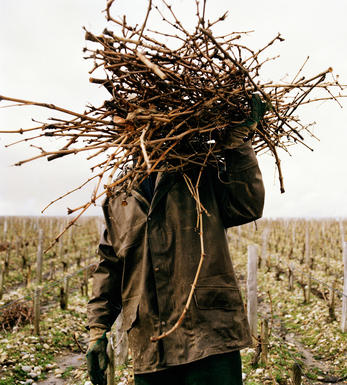
About this WINE

Clos du Clocher
Clos du Clocher, under the guidance of Pierre Bourotte (owner of the Château Bonalgue and a member of the very active Cercle Pomerol Prestige), the oenologist Michel Rolland and the former French rugby interational Jean-Baptiste Lafond, continues to make progress up the heirarchy of premium Pomerols.
The seven-hectare estate is situated in the middle of the Pomerol plateau and is planted with 80% Merlot and 20% Cabernet Franc and the vines, on average are 25 years old. Until the stock was replanted, Clos du Cocher wines used to be under-rated but now the vintages from the late 80s and the breath-taking 1990 are truly lovely wines. They were vinified and aged (for 20-22 months in oak barriques, half of which are renewed each year) under the vigilant eye of Michel Rolland, who puts the emphasis on elegance, fruit and softness. It will be interesting to watch developments.

Cabernet Sauvignon Blend
Cabernet Sauvignon lends itself particularly well in blends with Merlot. This is actually the archetypal Bordeaux blend, though in different proportions in the sub-regions and sometimes topped up with Cabernet Franc, Malbec, and Petit Verdot.
In the Médoc and Graves the percentage of Cabernet Sauvignon in the blend can range from 95% (Mouton-Rothschild) to as low as 40%. It is particularly suited to the dry, warm, free- draining, gravel-rich soils and is responsible for the redolent cassis characteristics as well as the depth of colour, tannic structure and pronounced acidity of Médoc wines. However 100% Cabernet Sauvignon wines can be slightly hollow-tasting in the middle palate and Merlot with its generous, fleshy fruit flavours acts as a perfect foil by filling in this cavity.
In St-Emilion and Pomerol, the blends are Merlot dominated as Cabernet Sauvignon can struggle to ripen there - when it is included, it adds structure and body to the wine. Sassicaia is the most famous Bordeaux blend in Italy and has spawned many imitations, whereby the blend is now firmly established in the New World and particularly in California and Australia.



Buying options
Add to wishlist
wine at a glance
Delivery and quality guarantee